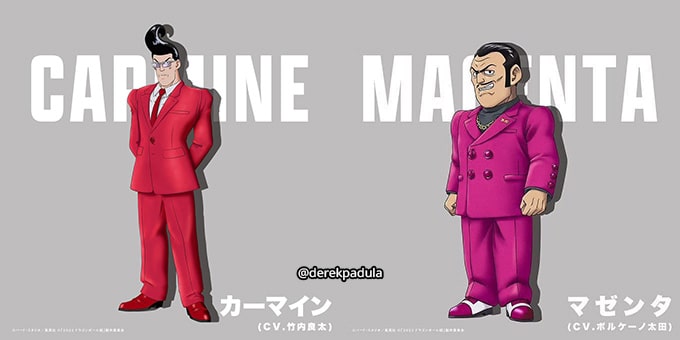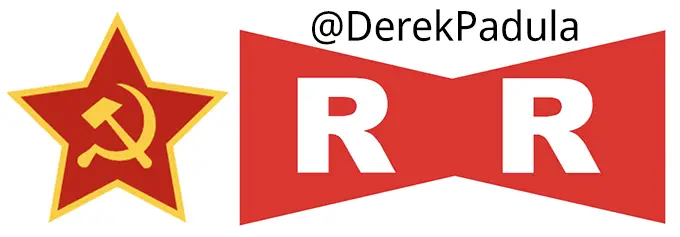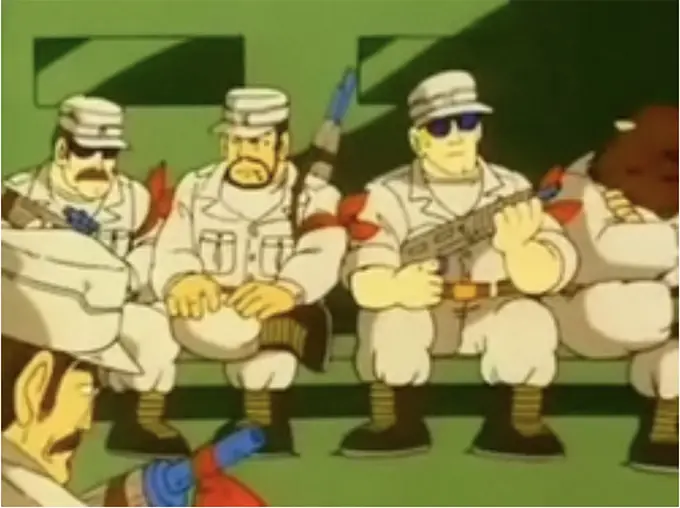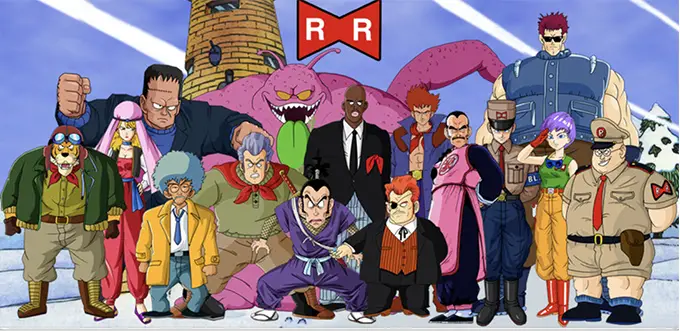What Inspired the Red Ribbon Army?

Where did Akira Toriyama get the idea for the Red Ribbon Army? In this article we’ll explore their cultural origin.
The Red Ribbon Army were a prominent force in Dragon Ball and are primed for a return in the Dragon Ball Super: Super Hero movie.
Fans of Dragon Ball will know who they are and what they do, but how about what the army was based on? Was this entirely a creation of Akira Toriyama’s mind, or was he inspired by the real world when designing them? There are parallels to draw that may lead you to believe it was the latter.
World War II Similarities

For starters, there’s the name. The Red Ribbon Army can be linked with the Red Army, which was the name Leon Trotsky, Commander at the time, gave to the Soviet Army formed in 1917 after the Bolshevik Revolution. The Red Army may most commonly be associated with Joseph Stalin and the Soviet Union’s role in World War II.
It was also the name of the Chinese army afterward, this one dubbed by Máo Zédōng, Chairman of the Communist Party of China, although it was later known as the Chinese People’s Liberation Army.
Red Army is less of an official title and is more so a term for an army gathering under a red flag as a militaristic symbol, For example, there was a Japanese Red Army as well, active from 1971–2001. The naming does not mean the armies are affiliated with one another, but the above three Red Armies were each associated with the communist ideology.
To go with the red flags, members of the different Red Army’s will wear red sleeves or ribbons to show their allegiance.

Enter the Red Ribbon Army, and they check off the above boxes. Their flag is a red ribbon with two R’s, and all of their members wear red ribbons on their uniforms, which are most often standard German or Soviet uniforms. On top of that, the Red Ribbon Army’s weapons and vehicles are the same as those used in WWII. Akira Toriyama has a deep interest in guns, just as he does for vehicles.
The leaders of the army have a variety of nationalities, but the majority are Westerners. The exceptions are the Chinese assassin Tao Paipai and the Japanese Murasaki the Ninja.
The different ethnic backgrounds of the Westerners is exaggerated further in the English dub, where Commander Red is Scottish, General White is Russian, General Blue is German, Captain Yellow Australian, Officer Black and Colonel Silver are American, and Major Metallitron is Austrian (mostly due to his character being a parody of Arnold Schwarzenegger).

Red Ribbon Army James Bond Inspirations
You’ll notice everyone mentioned was named after a color, which opens up another parallel. While the army’s design and ideology may come from real world armies, the characters within may be a satirical farce on an organization in the James Bond films.
In the films, the SPECTRE: SPecial Executive for Counter-intelligence, Terrorism, Revenge and Extortion, is a trans-political paramilitary organization, who similarly strive for world domination.
With SPECTRE, leaders are named after numbers, with the leader Ernst Stavro Blofeld being Number 1. Toriyama opted to go with colors instead for the Red Ribbon Army. Likely because they are easier to understand and distinguish from one another.
“The military personnel of the Red Ribbon Army all have the names of colors … I more or less picked the color of each character’s image.” – Akira Toriyama
This naming convention will continue in Dragon Ball Super: Super Hero, where the villains are named Magenta and Carmine, two variants of the color red.
In the cases of the Red Ribbon Army and SPECTRE, the leaders have human but also exaggerated personalities, giving a sense of relatability as well as comedy to their scenes. They are not immune to embarrassment and have normal temperaments and reactions.
Toriyama writes Dragon Ball for children, after all.
For the Red Ribbon Army, despite being an evil organization, their evil is minor in scope compared to the villains who would follow. Compare Commander Red to King Piccolo, or likes of Frieza and Cell, and it might not seem like they came from the same series. But what ties them together is Akira Toriyama’s creative use of real-world historical and pop cultures.
To learn more about the Red Ribbon Army’s ties to historical and cinematic organizations, check out Derek Padula’s Dragon Ball Culture: Volume 4.
You’ll read more about Akira Toriyama’s love of World War II and James Bond films, and discover why he decided to add these influences into the Dragon World.
Did you draw any of these parallels through your own watching or reading of Dragon Ball, or does this come as a complete surprise to you?
Leave a Reply